A lot of people in Omaha wanted a segregated YMCA for African Americans to be opened. After several attempts with temporary facilities, it finally launched. This is a history fo the Near North YMCA.
Temporary Places
The first temporary facility was located in the recently-closed Dreamland Ballroom at North 24th and Grant Streets in 1945. The government had commandeered the building from owner Jimmy Jewell, Jr. after he joined the US Army for use as a USO center. When the war was over, they turned it over to a volunteer committee that wanted to open the North Omaha Community Center there. After being located there for just over a year, the North Side YMCA reopened at the former Webster Telephone Exchange Building on Lake Street.
That facility turned out to be unsuitable, and in 1950 a campaign began to support new construction.
Located at 2309 North 22nd Street, the Near North Side YMCA building opened in 1951. It opened in 1945 in rented space on North 24th Street. North Omaha had a variety of YMCA programs and facilities over the years, including athletic complexes, other buildings and a variety of activities. However, none matched the importance of the Near North branch.
Breaking New Ground
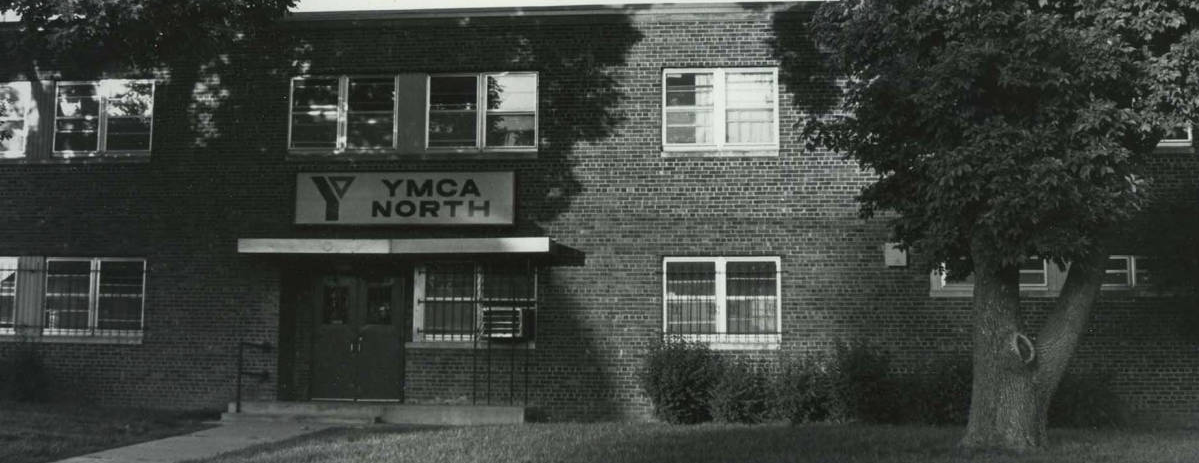
The Near North Side branch was the first of its kind in Omaha. It was the first branch outside of the downtown YMCA, and it was the first to be modeled after a WWII-era USO facility for African American soldiers at the Offutt Air Force Base. John R. Butler, an Omaha YMCA leader for more than 40 years, led efforts to establish the branch.
Soon after the Near North Side branch was established, the Miller Park YMCA was started in 1946. When the new Near North Side YMCA building opened in 1951, it had an auditorium, gymnasium, office space, club room, game room and kitchen. The newspaper reported almost 900 people attended its opening in November of that year.
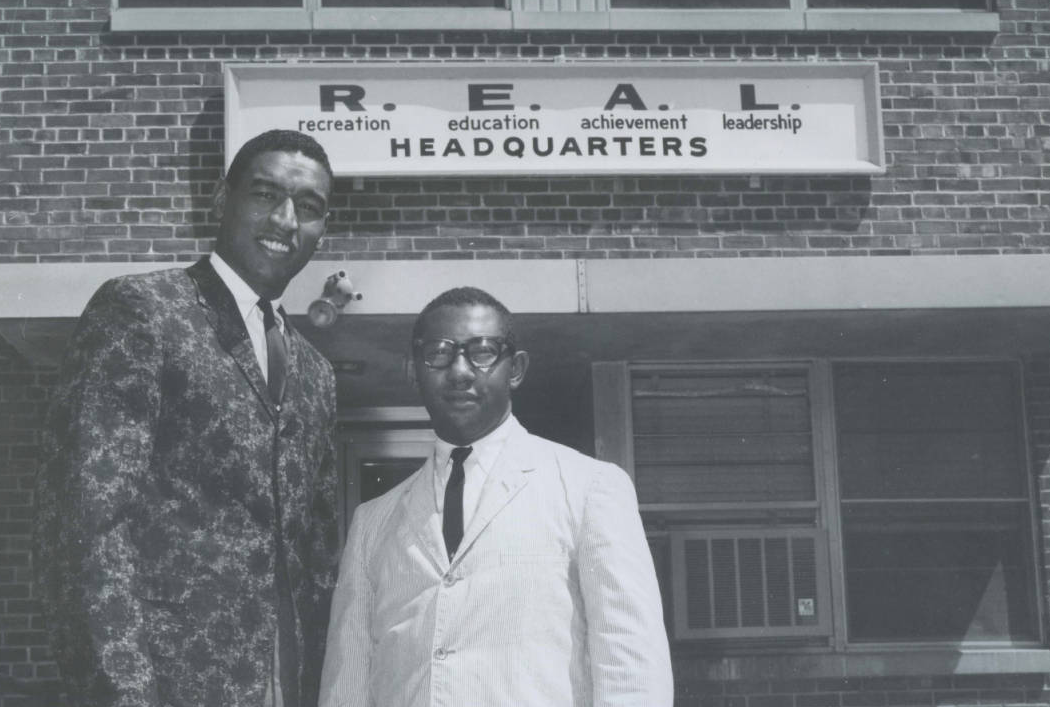
In September 1950, Omaha DePorres Club met at the North Side YMCA for several weeks after closing their DePorres Center on North 24th Street. In 1966, the Nebraska Labor Department’s Division of Employment set up offices here in response to the first riots in the Near North Side. Throughout the years, several civil rights marches began or ended at the Y.
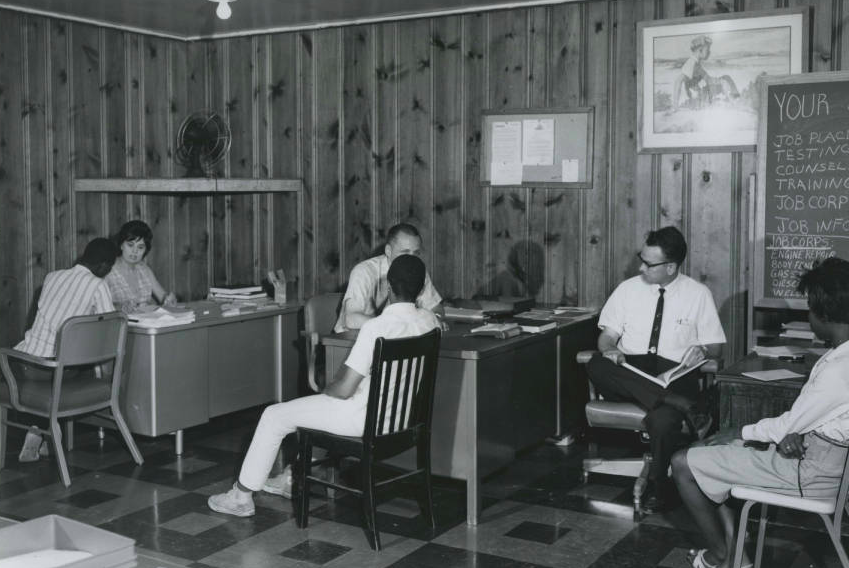
In the 1970s, the North Side YMCA rebranded itself as “R.E.A.L.,” or Recreation Education Achievement Leadership.
Building Youth and Community
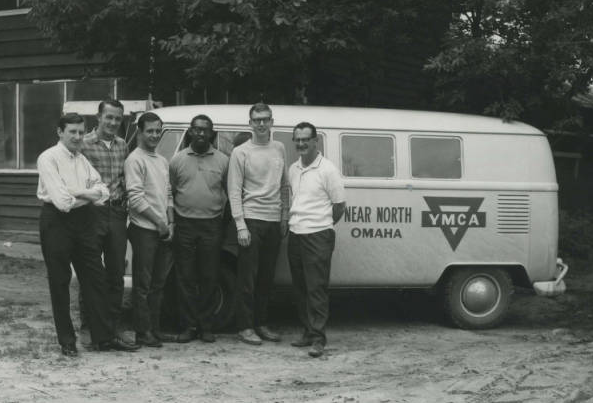
There were many programs at the Near North Side YMCA throughout the years. They included Operation Summertime, which started in response to youth demands after the 1966 riots. At the Y, there were new programs, including dances every night except Mondays and Wednesdays and basketball clinics with an outdoor basketball league. The Y also started a youth employment program.
The Near North YMCA baseball team was alternately called the Hornets, Monarchs and Travelers. They played home and away games in Nebraska and Iowa and traveled in the Volkswagen bus shown above. Many popular and successful baseball players started their careers with the North Side YMCA baseball team, and other neighborhood sports greats did too. Some of these important athletes and their sports include:
- Bob Gibson, (1935- ) Tech High graduate, Creighton University alumni, Baseball Hall of Fame
- Bob Boozer, (1937-2012) Tech High graduate, Pro Basketball Hall of Fame
- Gale Sayers, (1943-) Central High graduate, College and Pro Football Hall of Fame
- Ron Boone, (1946-) Tech High graduate, basketball
- Marlin Briscoe, (1945-) South High graduate, College Football Hall of Fame
- Johnny Rodgers, (1951-) Tech High graduate, College Football Hall of Fame
After leaving the neighborhood for their careers, many of these professional athletes returned to coach, train, motivate and otherwise volunteer at the Near North Side YMCA.
Bob Gibson’s older brother, Leroy Josh Gibson (1920-1982), is referred to as a legend in his own time for coaching basketball, baseball and football at the Near North Side YMCA. The subject of half of his brother’s induction speech into the Baseball Hall of Fame speech in 1981, Josh Gibson is widely acknowledged as a mentor, leader and friend among many of the branch’s alumni who was responsible for many careers and successes.
Marion Hudson (1933-2009) was one of Gibson’s most advanced players, competing for Josh’s High Y Monarchs. The Monarchs were a select basketball team coached by Gibson at the YMCA. Several other sports figures began their careers at the Near North Side YMCA, too (if you know of more I should add, please leave their names in the comments section below!).
Leaders Within the Near North Side
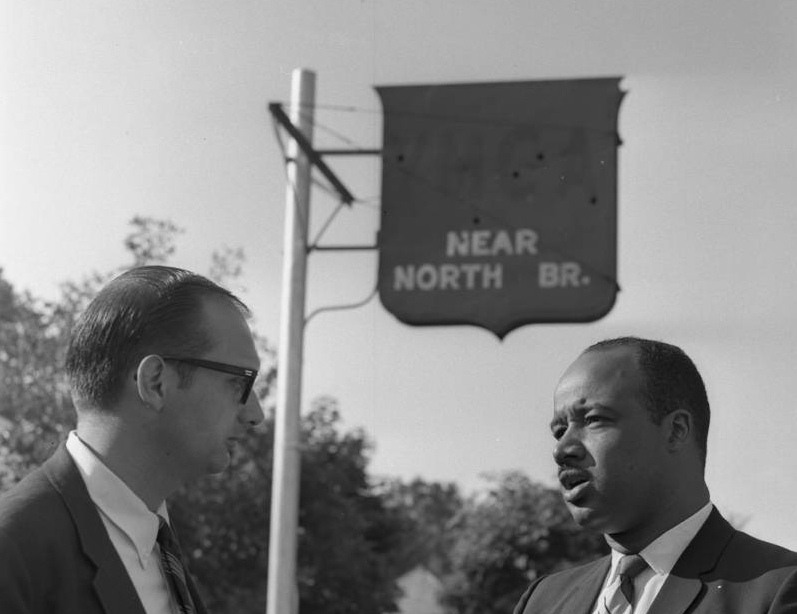
John Butler (1904-1966) was the first Executive Director of the Near North Side YMCA, serving from 1945 through the early 60s. The strongest advocate for the facility, he modeled it after the USO recreation facility he ran during WWII. Butler ran it until the early 1960s, when Don Benning (1937-2017) became the acting director. Even though Omaha University hired him away to become its first full-time African American faculty in 1963, Benning continued coaching at the Y for several years afterward.
Sam Cornelius (1928-2014) became the Executive Director of the Near North Side branch in 1963, and was credited as a leader in Omaha’s civil rights movement. During the 1966 riots and afterward, his actions were aimed at alleviating the stress and tensions in the community and among the youth. According to the Omaha World-Herald, elders in the community accused Cornelius of being biased against the neighborhood’s established leadership and favoring the youth. Cornelius’ worked to fight poverty, and established youth employment programs and job placement programs for the neighborhood. He also facilitated activities to foster “better understanding between youth and police” including camps and community conversations.
Cornelius is also seen as a national civil rights leader. In 1967, he led a movement to amend the National Council of YMCAs regulation in order to end segregation in all YMCA branches. Because of his work, along with other Omaha YMCA members, the National Council voted 294-11 to end segregation within the YMCA. He left the branch to become highest-ranking African American in the administration of Nebraska Governor Norbert Tiemann, serving as the Director of the Nebraska Technical Assistance Agency. His hiring was noted by Jet magazine “to be the first time 20 or more Negroes took part in any Nebraska chief executive’s celebration.”
After Cornelius left in 1967, the Near North Side YMCA had several other leaders too (if you know of them, please share their names in the comments section below!).
Other leaders involved with the Y included educator Gene Skinner. The popular Flamingo Club hosted fundraisers for the branch during the 1950s and early 60s.
Closing the Y
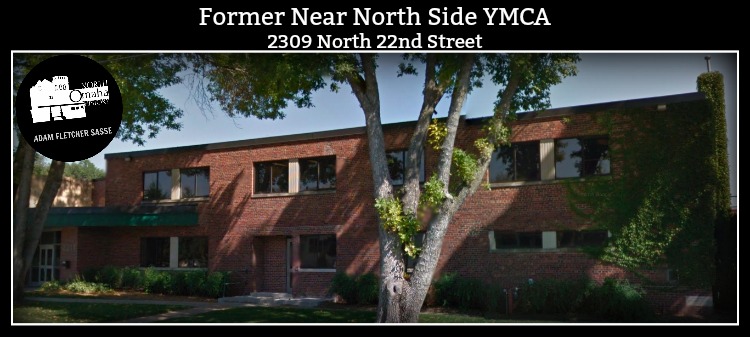
After rebuilding the Miller Park YMCA in 1956, the Omaha YMCA opened the massive new Butler-Gast YMCA on Ames Avenue in 1995. That led to the closures of the Near North Side YMCA and the Miller Park YMCA.
In 1995, the Jesuit Academy opened in the former Near North Side YMCA building. The building stands today as part of a new school built onto it.
You Might Like…
MY ARTICLES RELATED TO SPORTS IN NORTH OMAHA
People: Dorcas Thornton | Will Calhoun
Teams: Omaha Rockets
Organizations: Red Dot Athletic Club | Near North YMCA | Gene Eppley Boys Club | Midwest Athletic Club | Omaha Colored Baseball League
Places: Kountze Place Golf Club | YMCA Athletic Park
MY ARTICLES ABOUT THE HISTORY OF OMAHA’S NEAR NORTH SIDE
GROUPS: Black People | Jews and African Americans | Jews | Hungarians | Scandinavians | Chinese | Italians
EVENTS: Redlining | North Omaha Riots | Stone Soul Picnic | Native Omaha Days Festival
BUSINESSES: Club Harlem | Dreamland Ballroom | Omaha Star Office | 2621 North 16th Street | Calhoun Hotel | Warden Hotel | Willis Hotel | Broadview Hotel | Carter’s Cafe | Live Wire Cafe | Fair Deal Cafe | Metoyer’s BBQ | Skeet’s | Storz Brewery | 24th Street Dairy Queen | 1324 N. 24th St. | Ritz Theater | Alhambra Theater | 2410 Lake Street | Carver Savings and Loan Association | Blue Lion Center | 9 Center Variety Store | Bali-Hi Lounge
CHURCHES: St. John’s AME Church | Zion Baptist Church | Mt. Moriah Baptist Church | St. Philip Episcopal Church | St. Benedict Catholic Parish | Holy Family Catholic Church | Bethel AME Church | Cleaves Temple CME Church | North 24th Street Worship Center
HOMES: A History of | Logan Fontenelle Housing Projects | The Sherman | The Climmie | Ernie Chambers Court aka Strelow Apartments | Hillcrest Mansion | Governor Saunders Mansion | Memmen Apartments
SCHOOLS: Kellom | Lake | Long | Cass Street | Izard Street | Dodge Street
ORGANIZATIONS: Red Dot Athletic Club | Omaha Colored Baseball League | Omaha Rockets | YMCA | Midwest Athletic Club | Charles Street Bicycle Park | DePorres Club | NWCA | Elks Hall and Iroquois Lodge 92 | American Legion Post #30 | Bryant Resource Center | People’s Hospital | Bryant Center
NEIGHBORHOODS: Long School | Logan Fontenelle Projects | Kellom Heights | Conestoga | 24th and Lake | 20th and Lake | Charles Street Projects
INDIVIDUALS: Edwin Overall | Rev. Russel Taylor | Rev. Anna R. Woodbey | Rev. Dr. John Albert Williams | Rev. John Adams, Sr. | Dr. William W. Peebles | Dr. Craig Morris | Dr. John A. Singleton, DDS | Dr. Aaron M. McMillan | Mildred Brown | Dr. Marguerita Washington | Eugene Skinner | Dr. Matthew O. Ricketts | Helen Mahammitt | Cathy Hughes | Florentine Pinkston | Amos P. Scruggs | Nathaniel Hunter | Bertha Calloway
OTHER: 26th and Lake Streetcar Shop | Webster Telephone Exchange Building | Kellom Pool | Circus Grounds | Ak-Sar-Ben Den
Elsewhere Online
- (2016) YMCA Commemorative Book.
- “Out to Win – The Roots of Greatness: Omaha’s Black Sports Legends,” by Leo Adam Biga
- “How Jackie Robinson, Mildred Brown, and Leroy Gibson transformed the African American experience with baseball in Omaha, Nebraska, 1946-1950,” by D. Hoffman in (2011) Black Ball: A Negro Leagues Journal Vol.4 No.1 pp. 44-58.
- “Near North Side YMCA” in the UNO Libraries Digital Collection.
BONUS PICS!
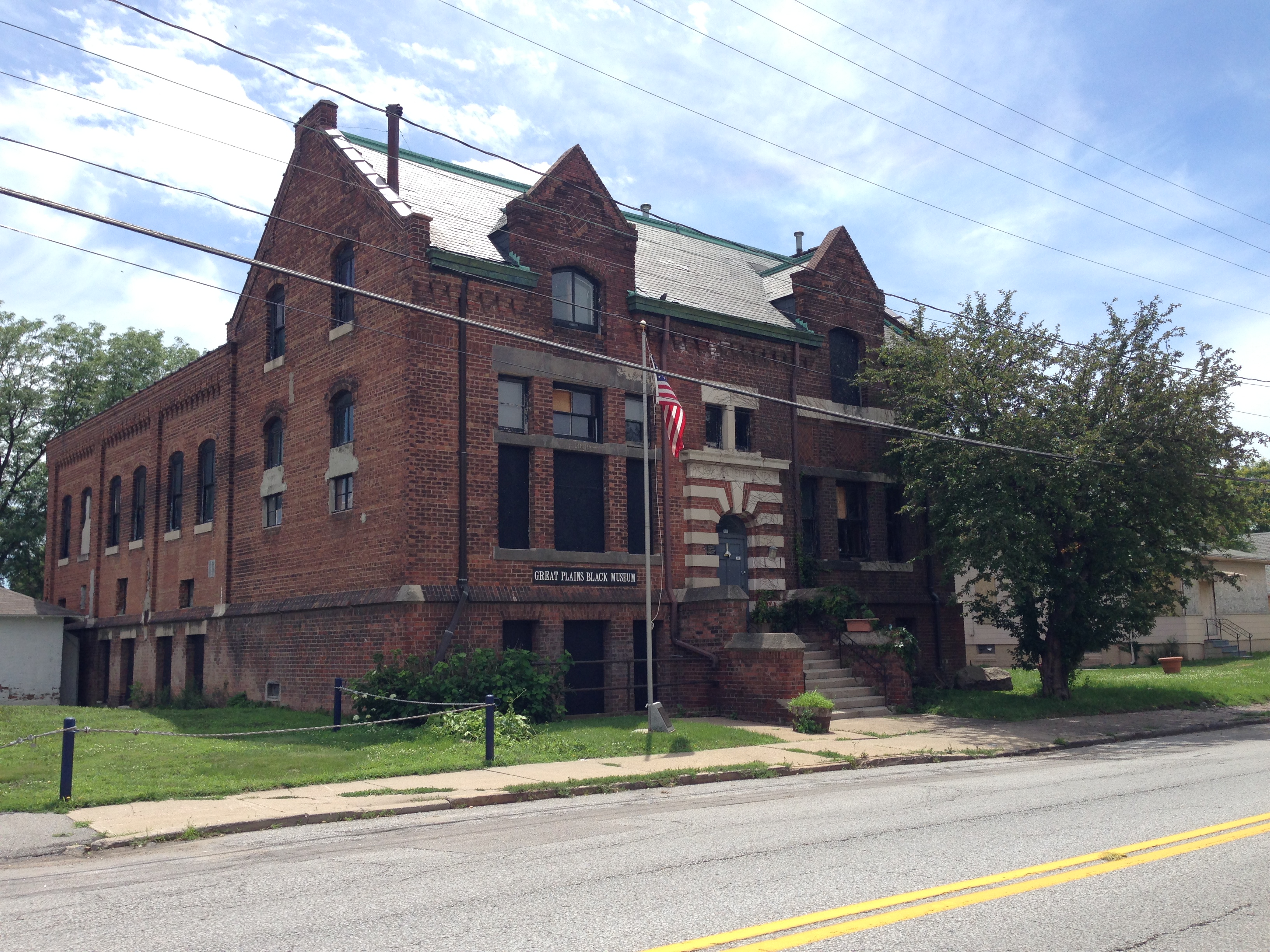

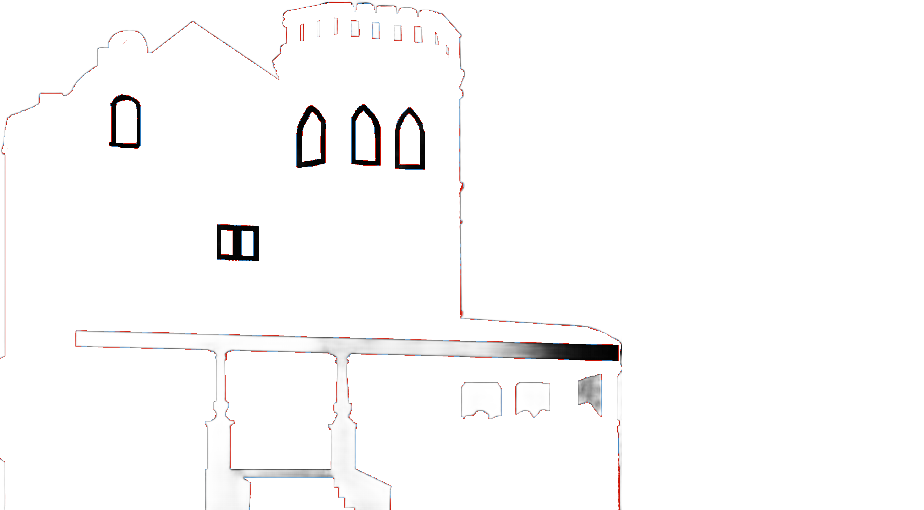
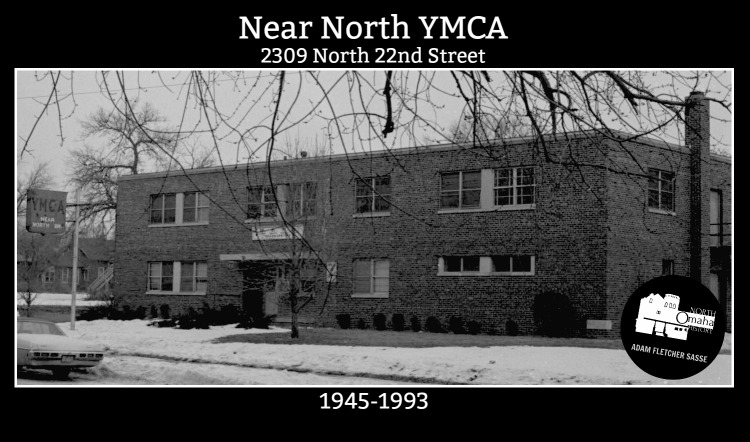
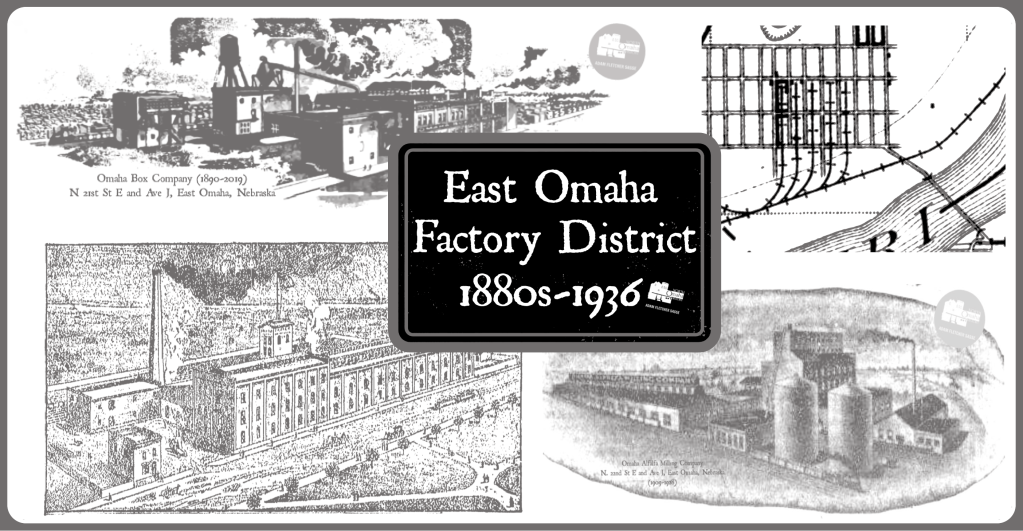
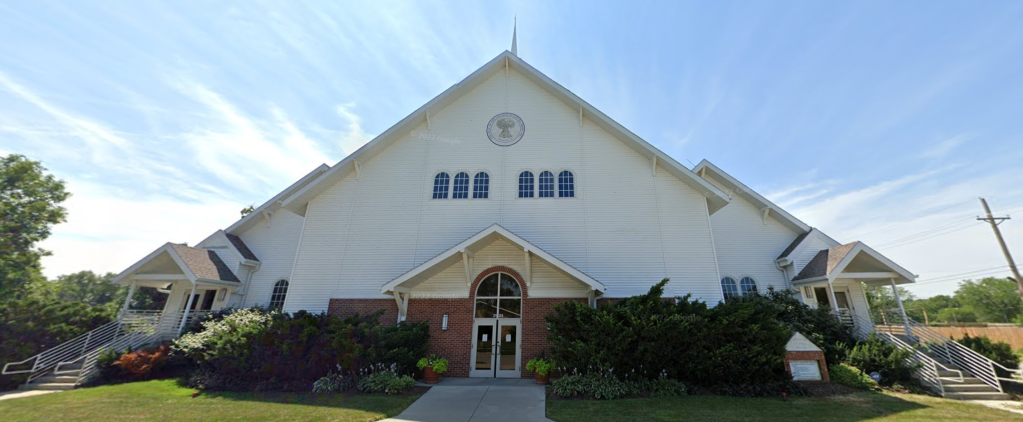
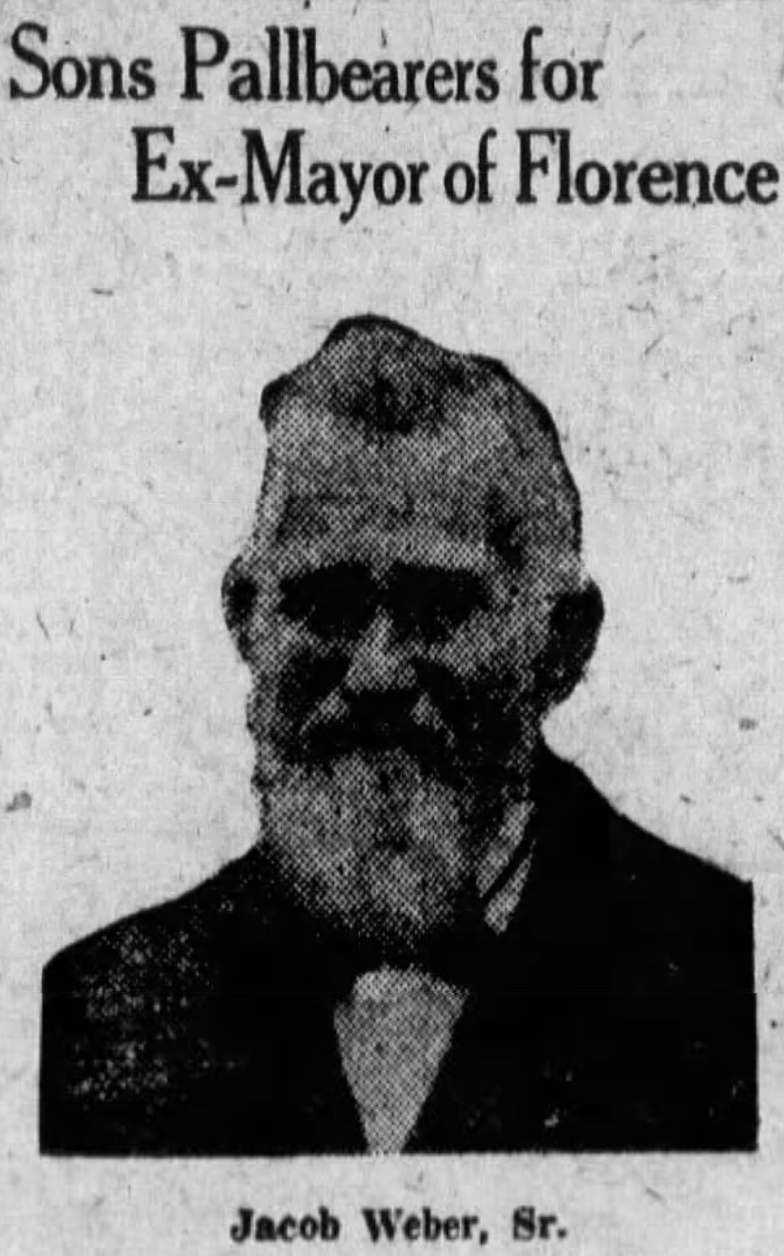
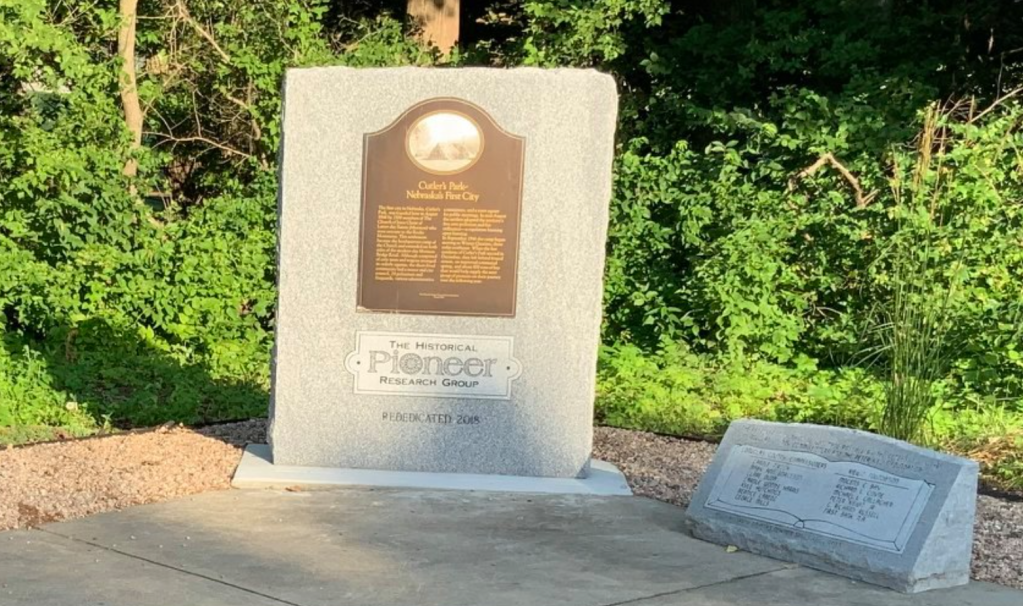
Leave a comment